How to Enhance UGC Video Quality with AI - A Compliance Guide for Enterprises
User-generated content (UGC) is a digital platform where millions of videos are uploaded to social media and video sharing sites every day. With increasing user expectations towards video quality, businesses are using artificial intelligence (AI) to boost the quality of video content. The AI tool enhances the resolution of the video, smoothest out the shake image and revives the damaged clip. However, the integration of AI into video improvement raises serious legal and compliance issues, particularly concerning data privacy and the consent of users.
Part 1: Why Enterprises Are Using AI to Enhance UGC Video Quality
Businesses, particularly video platforms and social media app operators, have embraced AI for the following significant reasons enterprise integration:
- Improved User Experience: AI offers a better viewing experience through the improvement of video quality, noise reduction and video stabilization.
- Reduced Content Rejection: By enhancing video quality automatically, AI complies with platform requirements and minimizes the rejection of content.
- Monetization Opportunities: Advertisers can be attracted by more quality video and the platform can make money.
- Operational Efficiency: AI workflow automation of the video improvement process saves time and resources versus editing it manually.
Part 2: Legal & Compliance Risks of AI Video Enhancement for Enterprises
While there are numerous benefits from AI, there are also a few legal and regulatory Compliance risks that need to be navigated by companies.
1. Data Privacy Regulations
GDPR (General Data Protection Regulation): The GDPR that applies to businesses conducting business in the European Union or processing EU citizens' data demands stringent requirements for collecting, processing and storing data.
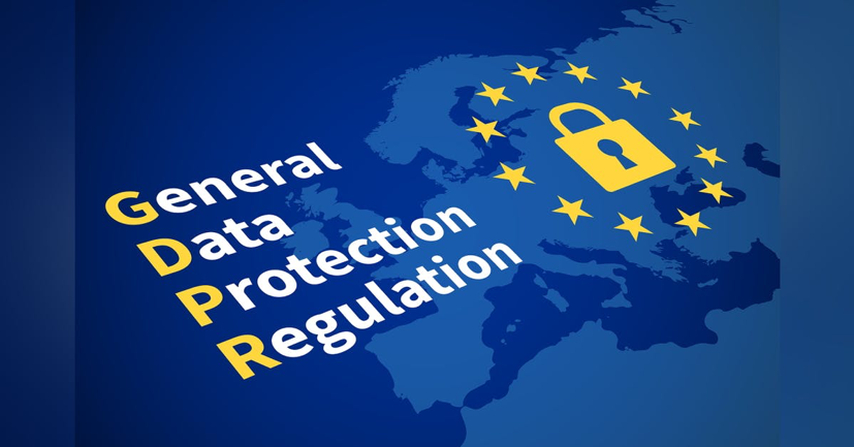
PIPL (Personal Information Protection Law of China): PIPL, which became effective in 2021, prescribes the personal information processing in China and mandates severe obligations on the handling data, including explicit consent acquisition and data security.

2. Intellectual Property Rights
Using AI to embellish user-uploaded videos can inadvertently violate the intellectual property rights of the original creator, particularly when enhancements alter the original content or context of the video.
3. Algorithmic Transparency and Accountability
AI algorithms may at times yield biased or unforeseen results. Businesses need to maintain transparency and accountability of AI tools so as not to face legal repercussions.
4. User Consent and Platform Terms of Service
The platform needs to have a clear and adequate explanation from the user prior to implementing AI enhancements on the video. Not doing so may harm trust and lead to legal action.
Part 3: Compliance Best Practices for AI-Enhanced UGC
As user-generated content (UGC) increasingly incorporates AI enhancements, companies must navigate a complex landscape of legal and regulatory requirements. Implementing strong compliance practices is essential to protect user privacy, maintain trust, and avoid costly penalties.
One of the most effective ways to safeguard privacy is by leveraging on-premise or privacy-preserving AI models. Technologies such as differential privacy and federated learning allow data processing to occur locally on users' devices, ensuring sensitive information is not transmitted to central servers. This not only reduces exposure to data breaches but also aligns with global privacy standards.
Another key practice is obtaining clear and informed user consent. Platforms should transparently communicate how AI will be used to enhance content and offer opt-in options through consent banners or settings. This step reinforces transparency and gives users control over their data.
Maintaining thorough documentation is equally critical. Keeping logs of AI-enhanced outputs, along with metadata and records of user consent, can serve as proof of compliance if challenged. These records support accountability and demonstrate adherence to data protection laws.
Finally, when incorporating third-party AI tools, companies must vet vendors carefully. Choose partners that comply with industry standards and can provide necessary documentation to support your organization's compliance strategy. This due diligence ensures a higher level of data security and legal alignment throughout your AI ecosystem.
Part 4: Enterprise Case Scenario: AI Video Enhancement for Compliance Applications
As more companies use AI video enhancement to improve the quality of UGC video, actual cases show how to enforce it in a safe and compliant manner. Below are two use cases showing how social platforms and video sharing sites can apply AI in a responsible manner in accordance with laws such as GDPR and PIPL.
Use Case 1: Social App with AI-Based Video Enhancement on Upload (With User Opt-In)
A growing social media app allows users to share short videos. To make content moderation more enjoyable, the app integrates AI video enhancement tools that improve video sharpness, lighting and reduce noise during the upload process.

How It Works:
- When a user uploads a video, a clear message appears asking if AI is used to improve video quality.
- Users can opt-in by checking the box or adjusting the profile settings.
- AI tools use on-premise AI models that protect personal data to process videos locally or on secure servers.
- After processing, the enhanced video is displayed to the user and can be checked before posting.
Compliance Measures:
- User Consent: Before enhancing, the app explains how AI works and explicitly asks for user consent. This step is very important to comply with GDPR and PIPL in China.
- Data Privacy: The enhancement tool does not store personal data, and temporary data used for processing is deleted immediately after completion of the task.
- Transparency:Users can know exactly what the tool does, like sharpness and color correction, and are given options that can be disabled at any time.
Use Case 2: Video-Sharing Site Batch-Processes Legacy Content with User Notice
One large video sharing site has millions of videos uploaded by users over the past decade. Some of this content is of low quality because the recording equipment is old or the lighting is weak. The company wants to use AI to improve video quality and keep it within legal regulations.
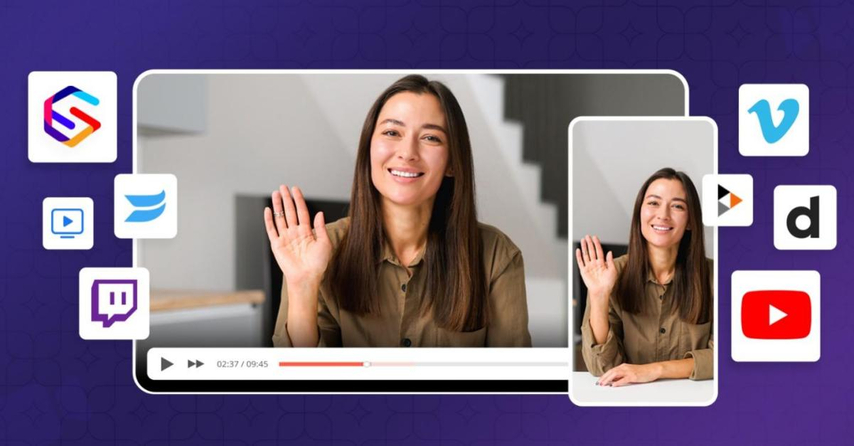
How It Works:
- The company plans to use HitPaw VikPea or similar video enhancement tools to batch-process and encrypt old videos.
- Before doing this, the company sends a notification to the entire platform to inform users about the enhancements under plan.
- This notification explains how AI enhancements improve video quality and provides users with clear opt-out options.
- Users who agree will enhance their videos in bulk with smart color correction, resolution upscaling and one-click correction.
Compliance Measures:
- Transparency: The company will post updates and email users to explain what enhancements apply and why.
- Opt-Out Option: The user has the right to say "no" and the content remains intact. It respects both GDPR and PIPL laws.
- Log and Track Enhancements: Each batch process records information such as file name, time stamp, type of enhancement, and version of the model used.
- IP Protection:AI Enhancement is limited to quality improvement and does not alter or remix original content to avoid intellectual property disputes.
Part 5: Recommended: Use HitPaw VikPea for Ethical AI Video Enhancement
HitPaw VikPea is a smart, easy-to-use AI video enhancement tool designed for companies that need to improve the quality of UGC video while respecting user rights and legal rules. It helps platforms fix blurry, low-resolution, or noisy videos using multiple AI models, all without violating privacy laws.
Unlike many tools, VikPea supports on-premise deployment, and data is stored on a secure local server. With a privacy-focused architecture and flexible SDK/API Integration options, VikPea has complete control over how video is handled, making it a reliable and compliant choice to handle AI video enhancements in the right way.

Why HitPaw VikPea Is a Compliant AI Solution for Video Enhancement
- On-Premise Deployment: Processing data locally on your device reduces data transfer and enhances privacy.
- Privacy-First Architecture: Designed to minimize data collection and comply with data protection regulations.
- Modular SDK/API Integration: Flexible integration into existing platforms with compliance in mind.
Key Features of HitPaw VikPea to Enhance UGC Video Quality Responsibly
- Multiple AI Models: Offer various models tailored to various video enhancements needs.
- Upscale to 4K/8K: Improve video resolution and improve image quality.
- One-Click Fixes: One-click fix to simplify the user's enhancement process.
- Smart Color Correction: Automatically adjust the color and improve the visual appeal.
- Batch Processing with Presets: You can process multiple videos efficiently with predefined settings.
How to Enhance UGC Video Quality with HitPaw VikPea - Safely and Compliantly
Step 1:Go to the official HitPaw VikPea website or click the download button to install the software.
Step 2:Open the software and import your video by clicking "Choose File" or dragging and dropping it. HitPaw VikPea supports over 30 formats, including MP4, AVI, MOV, and MKV.

Compliance Tip: Only use UGC that has been legally obtained with documented consent for modification and AI processing.
Step 3:Select an AI model to enhance your video. Options include noise reduction, detail recovery, face enhancement, video repair, animation enhancement, color correction, frame interpolation, and stabilization.

Risk Warning: Different AI models process data in unique ways. Use models that are compatible with privacy-by-design principles (e.g., on-device processing where possible).
Step 4:Click "Preview" to process the video. Once satisfied, click "Export" to save the enhanced version. For batch processing, use the "Import" button to apply the same model to multiple videos.

Risk Warning: Maintain logs of all AI processing activities and user consent, especially when enhancing multiple user-submitted videos at once.
Conclusion
AI helps improve the quality of user-created videos, but is accompanied by significant legal and ethical responsibilities. When using AI tools, the platform must follow rules concerning data privacy, user consent, and intellectual property. You must also select tools built with privacy and regulatory compliance in mind. HitPaw VikPea provides solid and secure options for companies that want to improve video quality without breaking privacy laws or violating user rights. Support platforms that handle user content in the right way with on-premises options, privacy first design and flexible API integration.
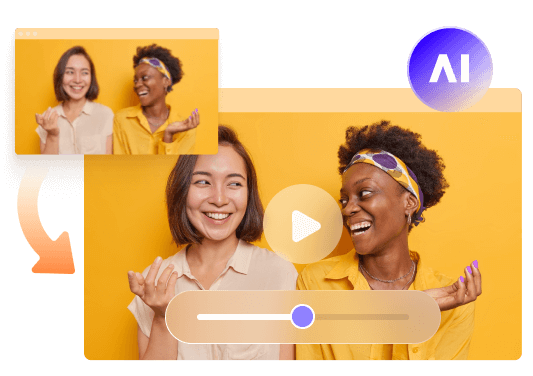




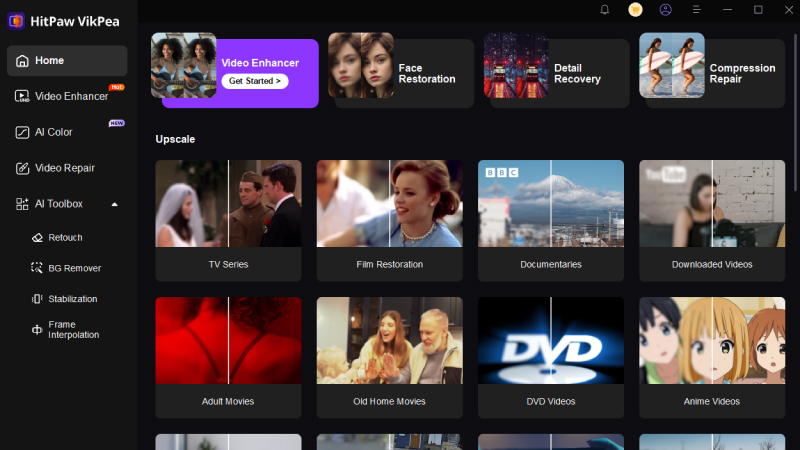
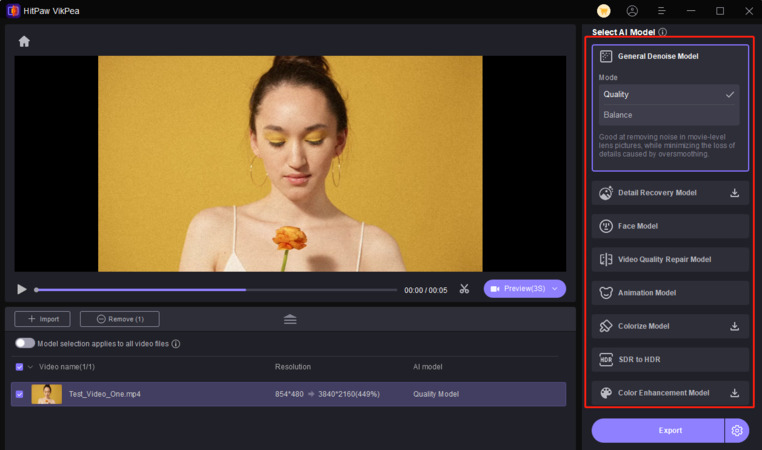
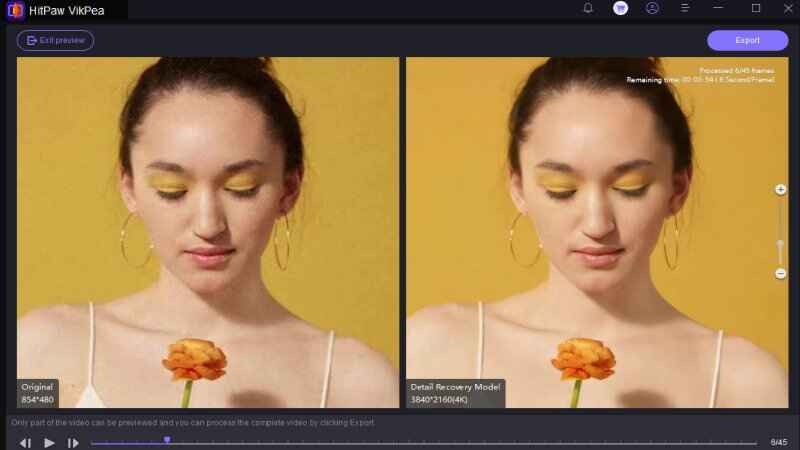
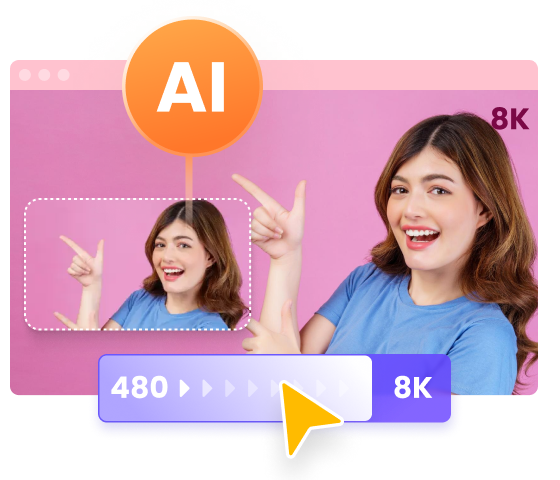
 HitPaw Univd (Video Converter)
HitPaw Univd (Video Converter)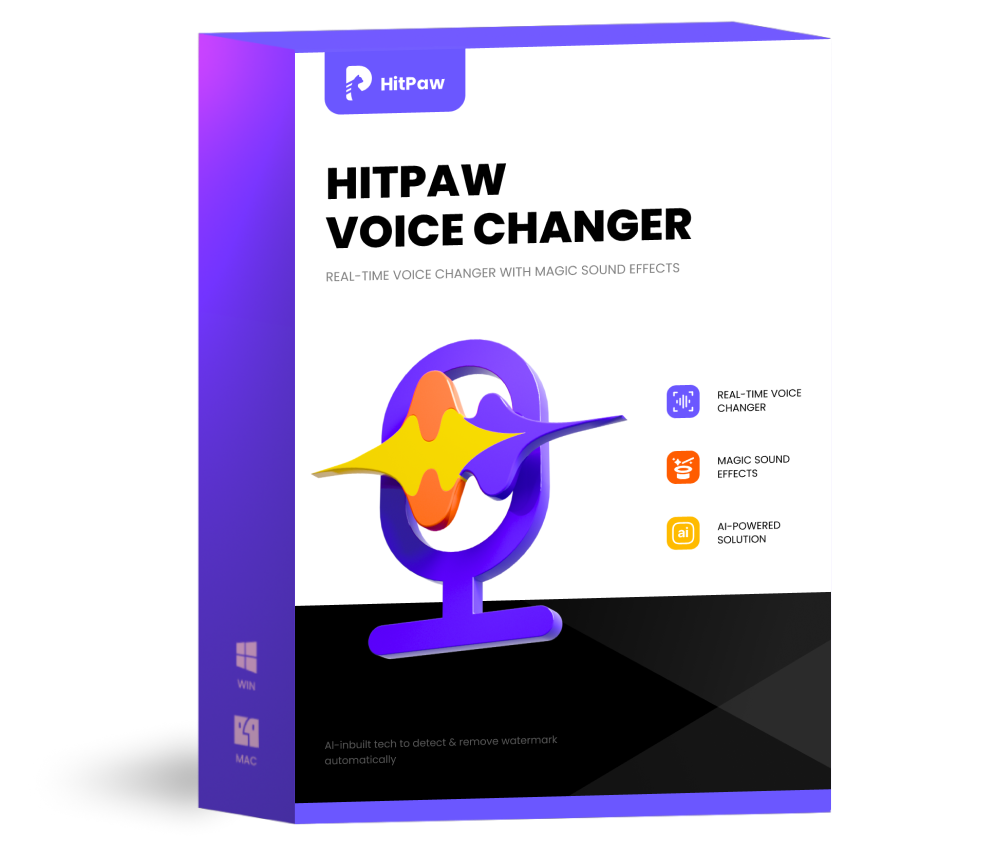 HitPaw VoicePea
HitPaw VoicePea 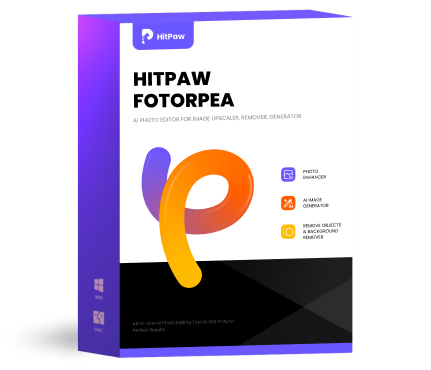 HitPaw FotorPea
HitPaw FotorPea



Share this article:
Select the product rating:
Daniel Walker
Editor-in-Chief
My passion lies in bridging the gap between cutting-edge technology and everyday creativity. With years of hands-on experience, I create content that not only informs but inspires our audience to embrace digital tools confidently.
View all ArticlesLeave a Comment
Create your review for HitPaw articles